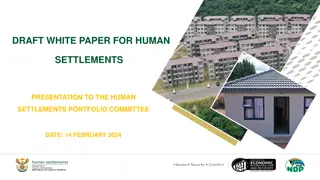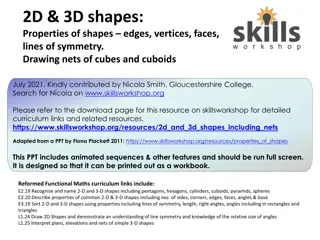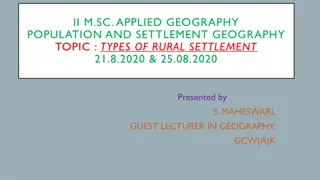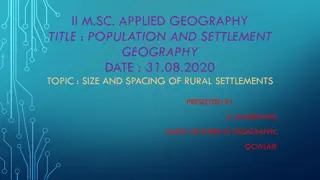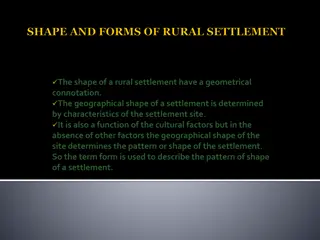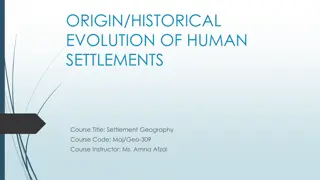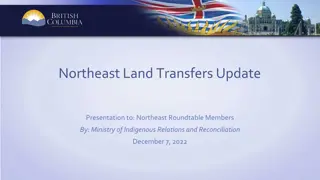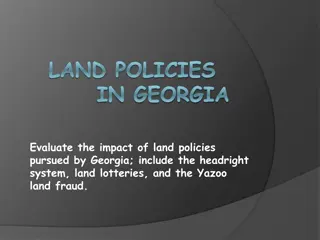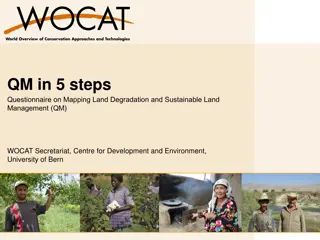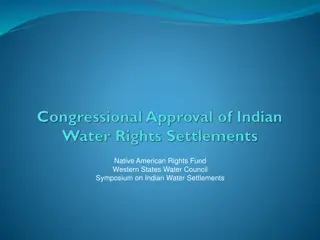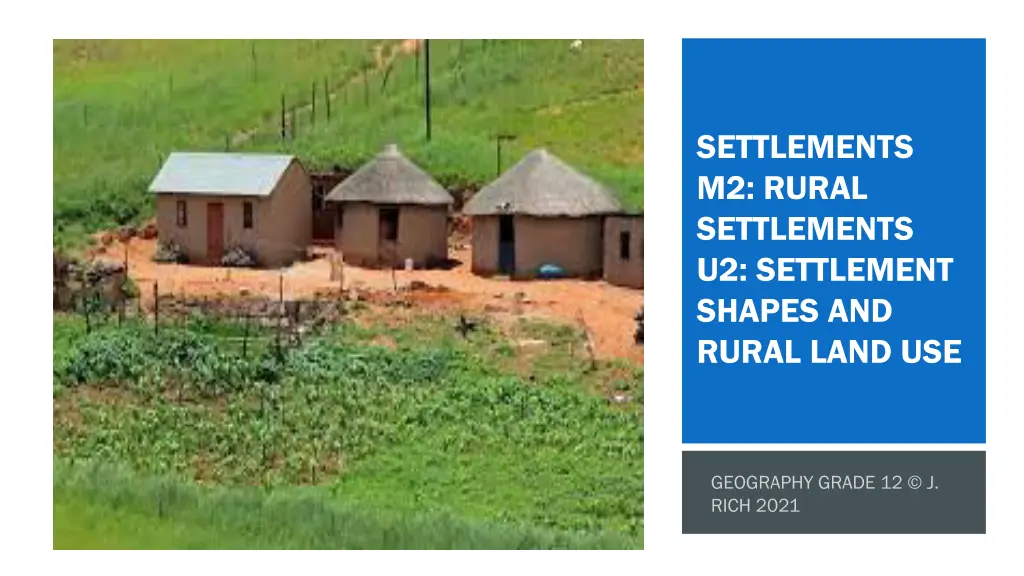
Rural Settlement Shapes and Land Use
Explore the different shapes of rural settlements such as round and linear arrangements, and their impact on land use. Understand how settlement origins and functions influence future growth and development. Discover examples of round and linear settlements globally and their historical significance.
Download Presentation

Please find below an Image/Link to download the presentation.
The content on the website is provided AS IS for your information and personal use only. It may not be sold, licensed, or shared on other websites without obtaining consent from the author. If you encounter any issues during the download, it is possible that the publisher has removed the file from their server.
You are allowed to download the files provided on this website for personal or commercial use, subject to the condition that they are used lawfully. All files are the property of their respective owners.
The content on the website is provided AS IS for your information and personal use only. It may not be sold, licensed, or shared on other websites without obtaining consent from the author.
E N D
Presentation Transcript
SETTLEMENTS M2: RURAL SETTLEMENTS U2: SETTLEMENT SHAPES AND RURAL LAND USE
THE BIG PICTURE The way in which a rural settlement originated and its function or purpose has a significant effect on the way the settlement is laid out and on the way in which people use the land. As the settlement grows and develops its original shape and the patterns of land use can either limit or strengthen future growth.
COURSE OVERVIEW Module 1 Nature and types Module 1 Nature and types Module 2 Module 2 Rural settlements Rural settlements Module 3 Module 3 Urban settlements Urban settlements U1: Key concepts: Settlement, site, situation, rural and urban settlements W1 U2: Classification of settlements W1 U1: Role of site and situation, classification, function W2 U1: Origin, development and classification of urban settlements W5 U2: Settlement shapes and U2: Settlement shapes and land use land use W2 U2: Urban hierarchies W5 U3: Rural settlement issues W3 U3: Urban structure and patterns W5 U4: Urban settlement issues W6
SETTLEMENT SHAPE The way buildings and structures are arranged in a nucleated rural settlement Most clearly seen from above Most common shapes are; round, linear, cross and T-shaped
ROUND (CIRCULAR) SETTLEMENTS May have formed around a physical feature e.g. hill or lake. Could be a wet point in an arid region or a dry point on a flood plain or a marshy region May have developed around a central focal point e.g. castle, church, market or village green. Central buildings / homestead from a ring around the central feature and fields radiate out 3 typical patterns of expansion: spiral; concentric circles; wagon wheel Historically common in Europe and many cities today retain elements of their rural origins Local examples: Graaff--Reinet, (Moederkerk) Queenstown (Hexagon,) Stellenbosch (De Akker) International examples: Hanover, Hanoi (around lakes) ; Edinburgh (around a high point); Chester (around a Roman fort)
LINEAR SETTLEMENTS Buildings develop in a line May be determined by physical landscape e.g. a river, narrow valley, coastline or ridge. May be along a man made feature such as a road or railway line. Along a road homesteads may typically be close to the road with fields further back but along a river fields may be on the river banks with homesteads further back. Why?
CROSS SHAPED AND T- SHAPED SETTLEMENTS These occur around junctions of roads or other transport routes As the settlement grows and develops other roads become more important and the settlement may become star shaped and eventually lose its geometric shape
LAND USE IN RURAL SETTLEMENTS Most rural settlements started out as farming settlements Simple farms are often subsistence farms with a varied range of mixed farming whereas commercial farms focus mostly on a single crop On subsistence farms there is still some specialization of land use with some areas devoted to livestock, poultry, vegetables and field crops. Dwellings and storehouses /workshops may be separated.
COMPETITION FOR LAND IN RURAL AREAS Different primary activities (e.g. mining and farming) may compete for land or resources such as water. Urban growth may place pressure on adjoining rural settlements as the boundaries become blurred in the rural-urban fringe.



